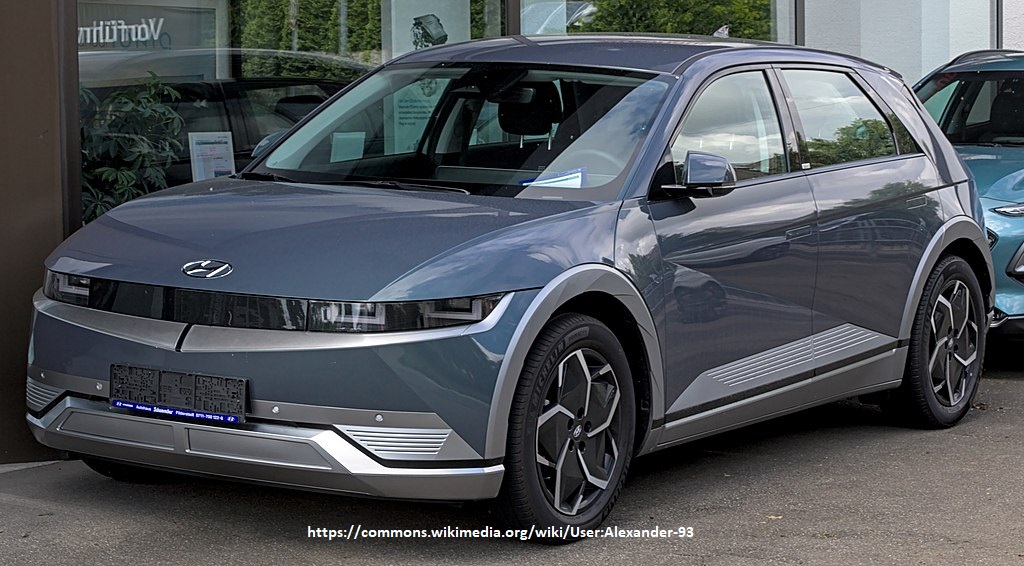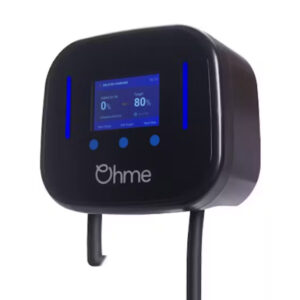Our petrol Tucson needs changing, obviously the next 1 is electric…
Yes, we could have gone part way and chosen a hybrid, which is like dipping your toe into a warm bath.
Full hybrids only provide circa 30 miles range on a full charge before the combustion engine kicks in, and this certainly won’t help in the fight against climate change.
As environmental activists (we’ve planted nearly 3000 trees) and a director of an electric car charge point installation business, it’s got to be a full electric.
But aren’t they so much more expense?
No.
Prove it?
We’ve already taken delivery of a full electric Hyundai Kona as a pool car, it’s the one with the 300-mile range. We put no cash down and it’s costing us £295 plus vat a month.
As it’s all electric we can claim the vat back and the difference between electric cost and fuel cost is about £100 a month. So, in real terms it’s costing us £195 a month, which is cheaper than what we had.
Now let’s take the Tucson, which is costing about £300 a month, which we’re going to swap for the new Hyundai Ioniq 5 full electric with a range of circa 300 miles.
The Ioniq 5 with no cash down is costing £420 a month, but I do quite a few more miles than our pool car, meaning we’re saving circa £200 a month in fuel against electricity. So, in real terms the Ioniq 5 is costing £220 a month, which is an £80 monthly saving.
There are other tax benefits to be had for company car drivers and companies with fleets. The company car driver will pay much less benefit in kind tax (BIK), only 1% this year and 2% next year.
On full electric fleet cars, a company can also claim 100% tax relief on rentals and maintenance.
Another recent initiative is the electric car salary sacrifice scheme, which allows employees to pay for an electric car, by forgoing a portion of their gross salary.
The amount is deducted before tax and National Insurance contributions are applied, allowing them to use the amount they would have paid in tax and NI to part fund the vehicle.
Recently a customer told us the NHS operate a salary sacrifice scheme to allow their employees to purchase an electric vehicle in an affordable way.
The vehicle the lady had on the drive was worth well over £40K and came with a full Mercedes service and maintenance pack, which she wouldn’t normally have been able to afford.
We estimated the monthly fee on this kind of vehicle with the servicing etc would be circa £500 a month. But because of the salary sacrifice she’s paying circa £300 in real terms.
The salary sacrifice scheme has been designed so that employers can help their employees afford a new electric car through this tax-efficient payment method, and the company also benefits from reduced National Insurance contribution payments.
One last thing, if you’ve got a dedicated parking area, you could get a £350 charge point grant too.
…there’s never been a better time to switch to electric, and no queues at pumps either!


